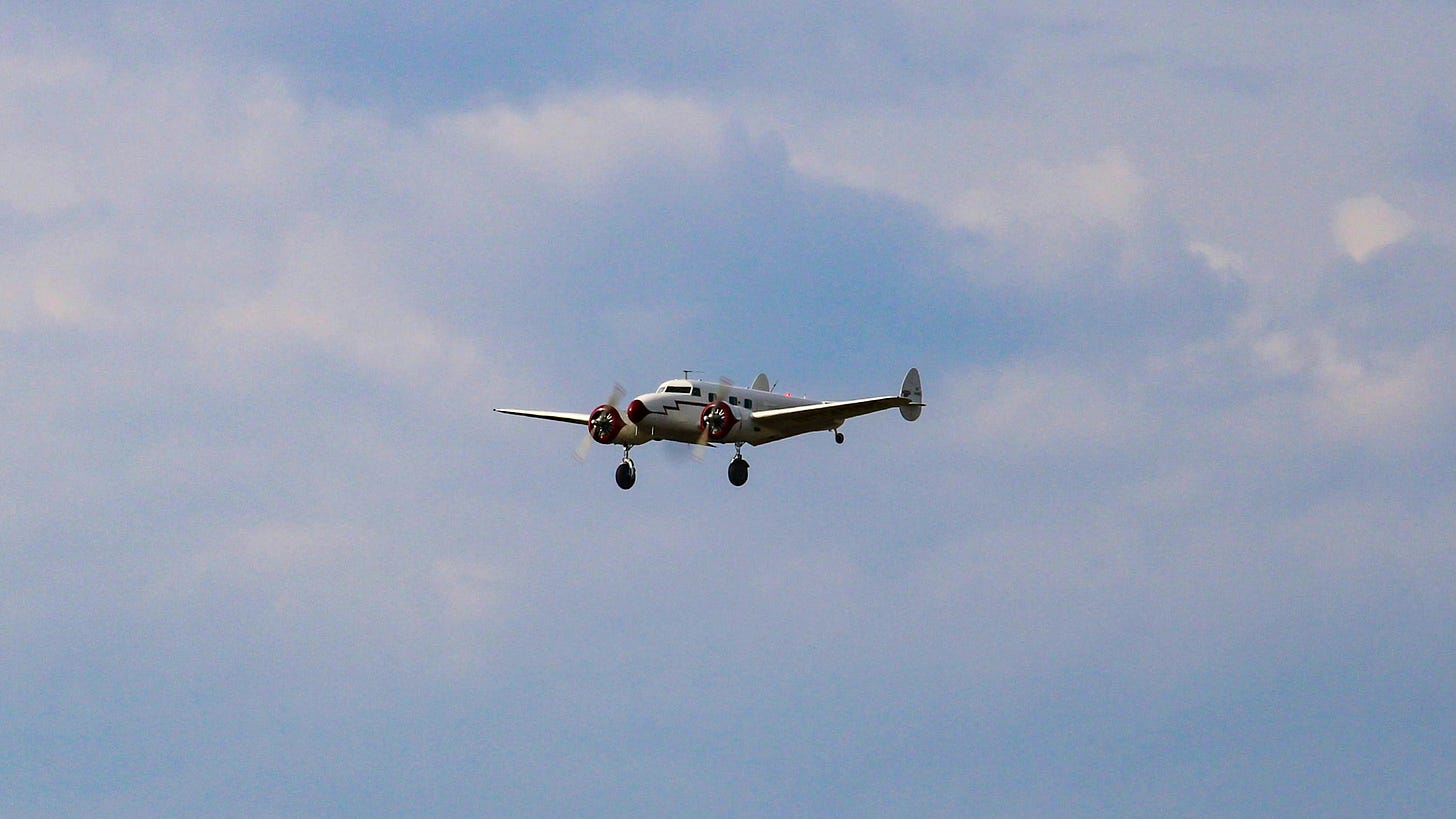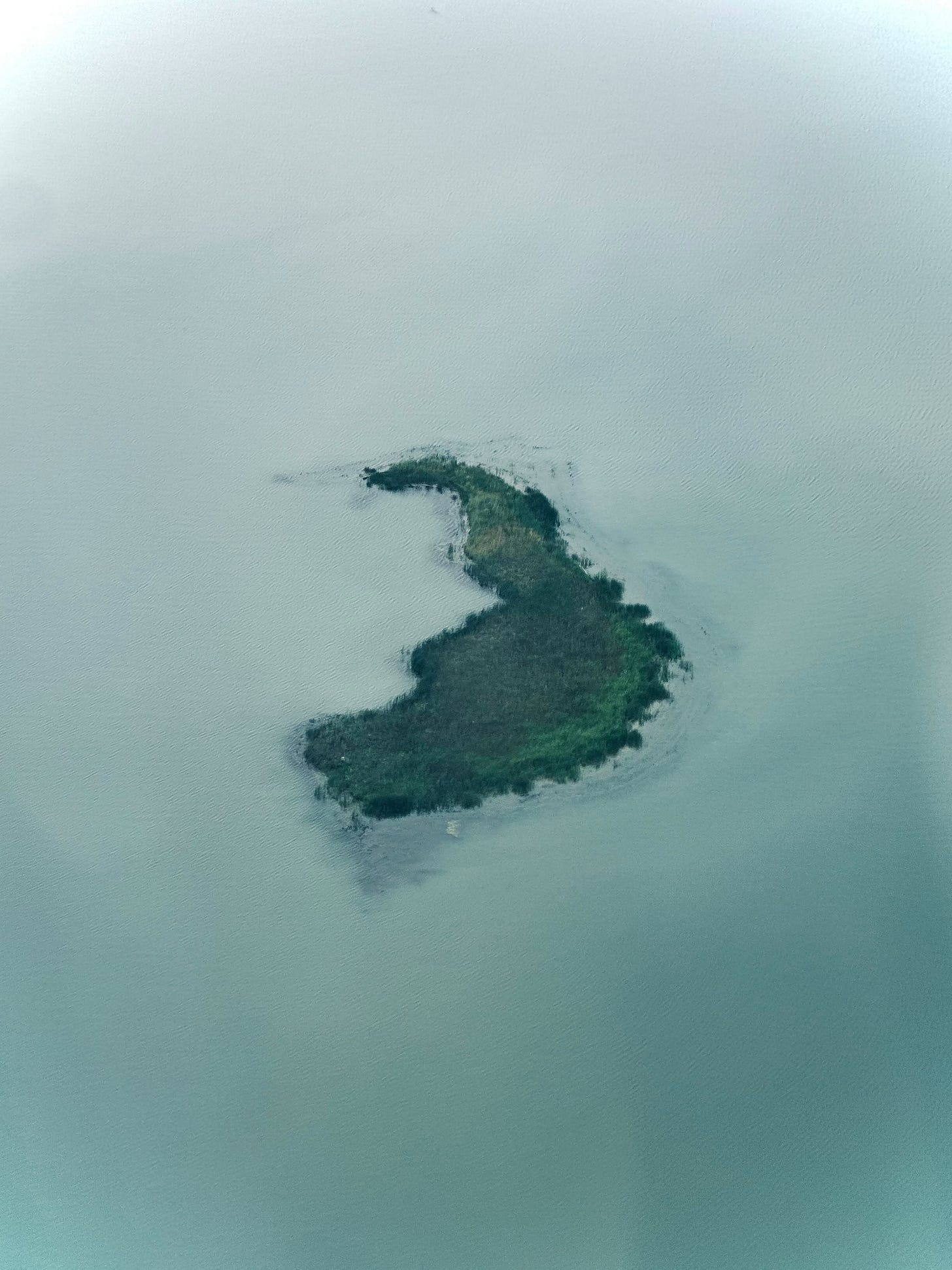
On July 2, 1937, the Lockheed Electra flown by Amelia Earhart and navigator Frederick Noonan was reported missing near Howland Island in the Pacific Ocean.
The duo was trying to fly around the world, and were at the most gruelling point in their trip, from Lae, New Guinea, to Howland Island. Howland Island is a small island in the middle of the Pacific Ocean, 2,227 nautical miles away.
As Earhart approached the Island, she was in occasional radio contact with the Itasca, the U.S. Coast Guard cutter, and they received a message from her that she was low on fuel and lost.
It is assumed she tried to land on the ocean.
Neither was seen again.
Born in Atchison, Kansas, in 1897, Earhart began flying at age 24, being one of the first female aviators.
In 1927, Charles A. Lindbergh flew solo nonstop across the Atlantic. Putnam earned a tremendous amount of money from Lindbergh’s autobiography, We.
Following Lindbergh’s flight, in 1928, Putman thought Earhart should fly solo across the Atlantic Ocean and become the first woman to do so.
In June 1928, Earhart kept the plane log when she flew from Newfoundland, Canada, to Wales, Great Britain. She garnered tremendous fame, and the American public was fascinated by her.
Earhart and the two men whom she’d flown were honored with a ticker-tape parade in New York. Earhart was nicknamed “Lady Lindy,” and President Calvin Coolidge gave a White House reception in her honor.
Earhart married Putman in 1931 and wrote a book for him. She retained her maiden name, gave lectures, and continued to fly.
On May 20, 1932, she was the first female to fly solo in a Lockheed Vega from Newfoundland, the first transatlantic flight by a woman. Bound for Paris, her plane was blown off course and on May 21, 1932, she landed in Ireland, having flown more than 2,000 miles in under 15 hours.
Earhart was the only one who replicated his historic solo transatlantic flight on the fifth anniversary of his flight, and for accomplishing it, she received the Distinguished Flying Cross from Congress. She became the first woman to fly across the continental United States nonstop, alone.
She flew solo from Wheeler Field in Honolulu to Oakland, California, in 1935, and won a $10,000 award assembled by Hawaiian commercial fields.
Also in 1935, Earhart was appointed as a consultant in women’s careers at Purdue University. As a “flying laboratory,” Purdue purchased a modern Lockheed Electra for Earhart.
Earhart flew west from Oakland, California, in her attempt to fly around the world. Her navigator was Frederick Noonan, a former Pan American pilot.
After resting and refueling in Honolulu, the two got ready to continue their flight. Then they took off for Howland Island, Earhart ground-looped the plane on the runway, seriously damaging it, possibly as a result of a blown tire. Due to necessary repairs, the flight was canceled, and the plane was shipped to California for repairs.
That month, Earhart flew the repaired aircraft to Miami. She would attempt a new around-the-world flight, this time from west to east.

On June 1, the pair left Miami, stopping in South America, Africa, India, and Southeast Asia, and on June 29, they arrived at Lae, New Guinea. By then, they had flown 22,000 miles of the trip, and the last 7,000 miles would be over the Pacific Ocean.
Howland Island, belonging to the U.S., was just a few miles long. However, the tiny island held a landing strip and a weather observation station owned by the U.S. Department of Commerce, and the staff were prepared with supplies, food, and fuel for Earhart and Noonan.
During this difficult period of the flight, the Coast Guard cutter Itasca, along with numerous other ships, were sent to help them.
Earhart radioed the Itasca as they neared Howland Island to tell them she was low on fuel. However, despite hours of attempts, two-way contact was established only briefly, and the Itasca didn’t spot Earhart’s Lockheed, and was unable to locate their position.
The Itasca was billowing miles of black smoke so the aircraft could spot them, but despite circling the Itasca’s location, they didn’t see the ship.
She radioed “one-half hour fuel and no landfall.” Later, she attempted to radio her position, but contact was lost soon after. It is assumed Earhart tried to land on the water.
The Coast Guard and U.S. Navy performed extensive searches, but they never recovered any evidence of the plane or the fliers.
What happened to them and the plane will forever remain a mystery.




